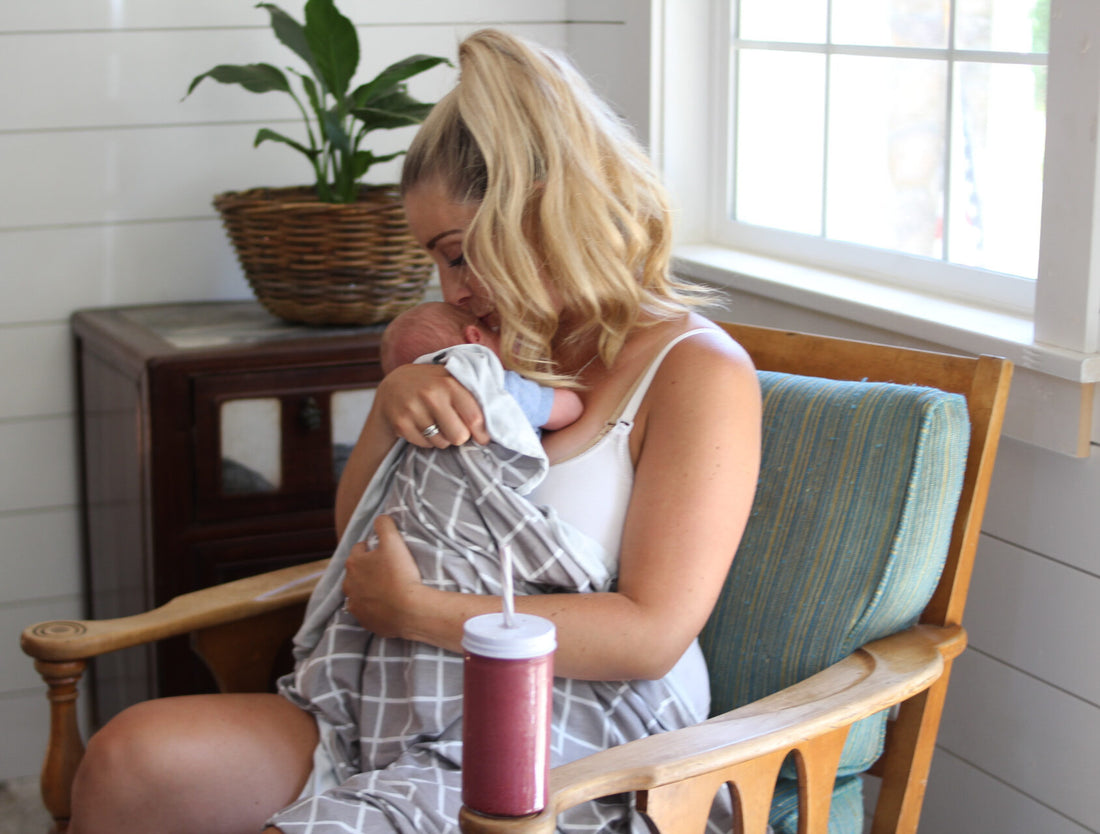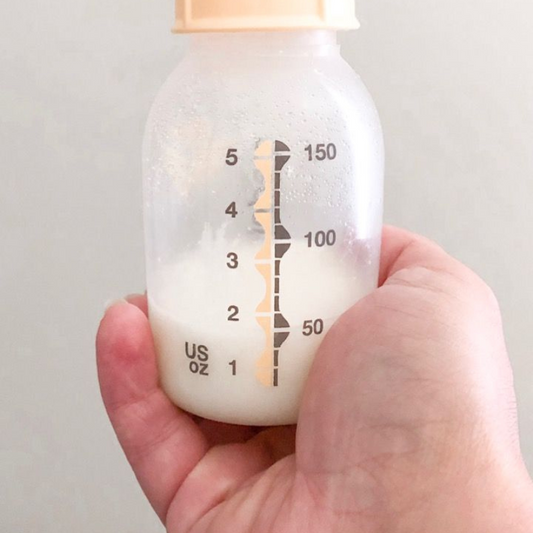Key Nutritional Requirements For A Healthy Pregnancy and Lactation
Whether you give birth vaginally or by cesarean section, your body has been going through changes for nine months. It will take time to return to its pre-pregnant state. In this post, we will provide tips on postpartum healing for the mom who has had a vaginal birth. We will tell you what you can expect from your postpartum recovery and what you can do to help the postpartum healing process.Recovery of the Uterus
The uterus goes through some incredible changes during pregnancy. It grows thicker and has a rich blood supply. It will change rapidly after you birth your baby and the placenta.Bleeding
You will have vaginal bleeding for up to six weeks postpartum. The discharge is called lochia and is blood from the placental site and the lining of the uterus. There are specific names for the different stages of the discharge.- Dark red bleeding experienced in the first 3-4 days is called lochia rubra.
- This bleeding is like a very heavy period.
- In the first few hours, you will be changing your sanitary pads every 1-2 hours.
- You may pass small clots. Any clots larger than a quarter should be reported to your health care provider.
- From day 4-10, the discharge will be a pink-brown color called lochia serosa.
- During this time, you will need to change your pad every 3-4 hours.
- Call your health care provider if you soak more than one pad per hour.
- Week 2-6 the discharge will be a white-yellow color and is called lochia alba.
Things That Can Cause a Temporary Increase in Bleeding
- Most women will have increased bleeding with increased activity.
- Breastfeeding moms will often notice some extra bleeding during nursing.
- A scab forms over the area where the placenta was attached to the wall of the uterus. It sloughs off around ten days to 2 weeks. Many women notice a day of heavier bleeding when this happens.
Cramping
Your uterus will continue to contract after the birth. These contractions are called after pains. Women describe them as feeling like intense cramps. The contractions compress the blood vessels and return the uterus to its prepregnant size. It takes about six weeks for the uterus to shrink back down. After pains are usually most intense in the first few days after birth. Some women will feel discomfort from them for up to a week. If your health care provider has given the ok, you can take ibuprofen to help the discomfort. A heating pad on your tummy can also help. The hormone oxytocin causes the after pains. This is the same hormone that caused labor contractions. Oxytocin is also the hormone that causes the milk to let down during breastfeeding. Because of this, many women will experience increased cramping when they breastfeed.Episiotomy or Tears
If you had an episiotomy or any tearing, you will have some extra soreness in your perineum (the area between your vagina and anus).- Ice packs for 20 minutes on and 20 minutes off will help decrease swelling and provide relief from the soreness. Do this for the first 24 hours.
- After the first 24 hours, warm water sitz baths for 20 minutes will help with healing.
- Using a squirt bottle with warm water when you use the restroom will help keep the area clean.
- Using witch hazel pads is soothing and reduces inflammation. Keeping them in the refrigerator will take the comfort factor up a level.
- A donut pillow or inflatable ring will keep the pressure off tender areas
Preventing Infection
The cervix takes a few weeks to completely close. Follow these guidelines to minimize the risk of a uterine infection.- Don’t use any tampons for the first six weeks postpartum
- Follow the guidelines provided by your health care provider for when you can resume sexual intercourse.
Hemorrhoids
Hemorrhoids can be another gift of the postpartum period. For most new mamas, they will go away by six weeks. In the meantime, these tips can help.- Avoid straining during bowel movements.
- Drink lots of water and eat lots of fiber to help keep bowel movements soft.
- Your health care provider may prescribe a stool softener. These are also available over the counter.
- Apply witch hazel pads for comfort, and to decrease inflammation.
- Apply a hemorrhoid cream.
Rest
New moms are often exhausted with a capital E. This has several causes.- New moms start out with a sleep deficit because it is the rare pregnant woman who sleeps well in the last weeks of her pregnancy.
- You might have gone a night or two without sleep if you had a long labor.
- Post-birth adrenaline can make it a challenge to sleep in the hours right after birth.
- Babies typically cluster-feed most of their second night.
- When you do get to sleep, it is going to be in two to three-hour blocks.
Weight loss and Diet
How A Nursing Mother Can Lose Weight Safely
Your body needs proper nutrition so that it can heal. That is partly why Milk Dust is formulated with the vitamins and ingredients that it is, to help with healing and nourishment postpartum.- Feed it lots of protein and fresh fruits and vegetables and whole grains.
- Eat healthy fats like those found in avocados, eggs, salmon, and olive oil.
- Avoid eating foods with processed sugar and that have empty calories.
- Stay Hydrated



